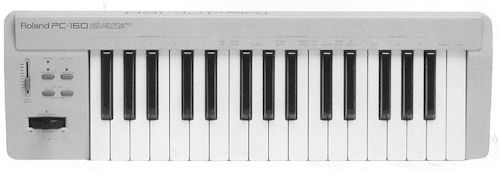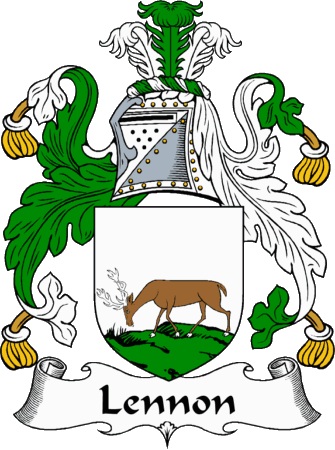|
Sequencers
Trackview Mixer
Notation Piano
Roll Event Editor
GM List Drum List
Computer/Keyboard
Setup MIDI
Keyboard
 The MIDI Keyboard
The MIDI Keyboard 

 | Few MIDI keyboards
have a layout as indicated above with the full 128 keys (rem. that "0" is
a number as well) but while many may be termed as full sized keyboards or having
49, 60
etc. keys, most have "up"/"down" buttons which raise or lower
the keyboard pitch by 1 or 2 octaves thereby giving access to the full 128 keys .
|

 | For MIDI
convenience each key on the MIDI keyboard is allocated a number from 0 - 127 as on the top
keyboard and sometimes from 1 - 128. For further identification and simplification they
are also divided into octaves as above but from C1 - C12. Middle C for example is key no.
60 and also C5.The notes D and E immediately above middle C, for example, would be notes
62 and 64 (C sharp and D sharp would be 61 and 63).They could also be called D5 and E5.
|

 |
(Picture courtesy of Roland)
The PC-160 above is a
"controller" keyboard. It actually controls the sounds and other parameters
(volume, reverb, pan, patch change etc.) from the sound source it is using.
It produces no
sounds of it's own and therefore must be connected via a MIDI cable to an external
sound source such as another music keyboard, a computer sound card, an external sound
module etc.
|
Sequencers
Trackview Mixer
Notation Piano
Roll Event Editor
GM List
Drum List
Computer/Keyboard
Setup MIDI
Keyboard
|
